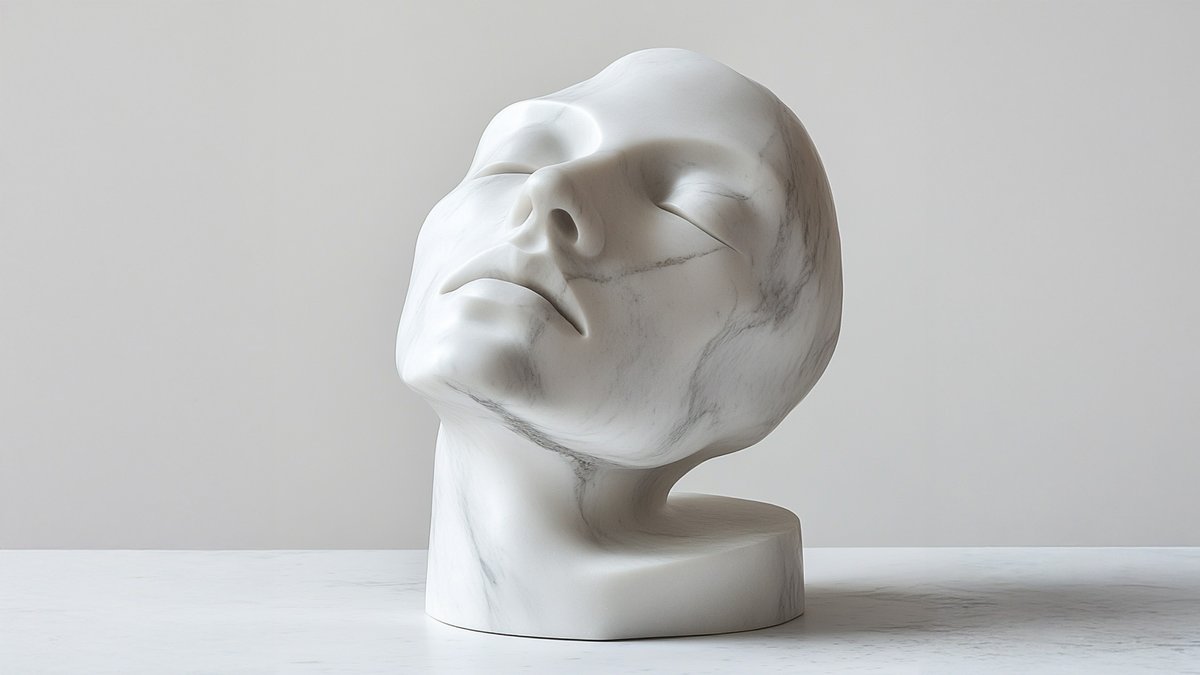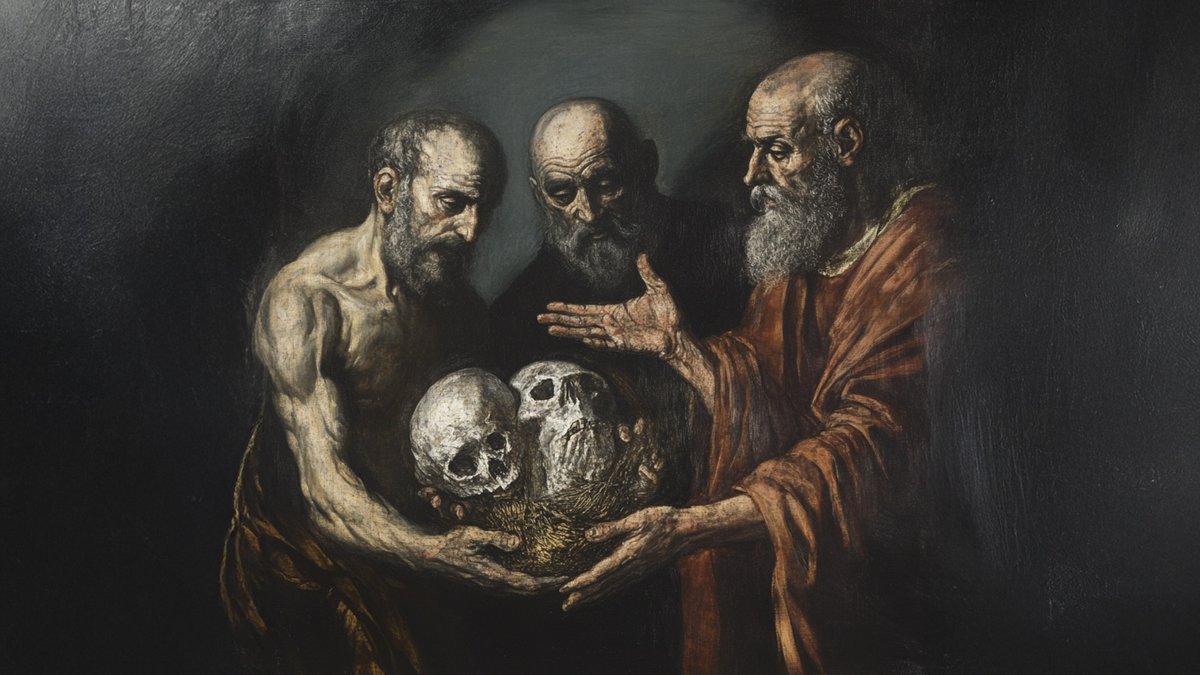Legacy religions have largely lost their capacity to disclose the sacred in a way that resonates with the pluralistic (globalized) and technologically mediated world we now inhabit.
But the sacred hasn’t disappeared—so the question becomes:
What can now disclose the sacred in a way that can integrate us across cultures and traditions?
This is where Bracken’s idea of the divine matrix comes in...🧵
But the sacred hasn’t disappeared—so the question becomes:
What can now disclose the sacred in a way that can integrate us across cultures and traditions?
This is where Bracken’s idea of the divine matrix comes in...🧵

What Bracken seeks is not another religious system, but a lingua philosophica:
A shared conceptual language within which different religious and spiritual traditions can resonate and dialogue, without collapsing into each other…
A shared conceptual language within which different religious and spiritual traditions can resonate and dialogue, without collapsing into each other…
In this space, Christianity can speak of agape, Buddhism of emptiness and awakening, and Indigenous traditions of the Great Spirit and sacred land—and they speak not just to each other, but through their traditions.
It’s important to note that Bracken is not seeking to relativize all traditions into some sort of mush.
Instead…
It’s important to note that Bracken is not seeking to relativize all traditions into some sort of mush.
Instead…
…he’s trying to draw diverse lines of insight into a mutually illuminating framework without erasing their distinctiveness.
His Divine Matrix becomes a space that allows for multiple religions and spiritual traditions to see themselves in relation to each other (and more importantly) to care about the sacred together.
So what Bracken is pointing toward is…
His Divine Matrix becomes a space that allows for multiple religions and spiritual traditions to see themselves in relation to each other (and more importantly) to care about the sacred together.
So what Bracken is pointing toward is…
…a shared topology of the sacred—a landscape of practices and perspectives that allows us to be together in the presence of what transcends us.
He’s offering not an essence, but a through line—a recurrent pattern that manifests differently across traditions but can still be recognized as pointing to the same inexhaustible mystery.
Now, Bracken is very careful not to posit the Divine Matrix as the sacred.
It is (rather) the…
He’s offering not an essence, but a through line—a recurrent pattern that manifests differently across traditions but can still be recognized as pointing to the same inexhaustible mystery.
Now, Bracken is very careful not to posit the Divine Matrix as the sacred.
It is (rather) the…
…shared space in which the sacred can be disclosed.
Ultimately that is what Bracken is offering:
Not a conclusion, but a condition of possibility for the return of the sacred in a pluralistic world in which we can rediscover the sacred as a shared horizon—not a contested territory.
Ultimately that is what Bracken is offering:
Not a conclusion, but a condition of possibility for the return of the sacred in a pluralistic world in which we can rediscover the sacred as a shared horizon—not a contested territory.
P.S.: If you want to learn more about the grammar for reclaiming an embodied (deeper sense) of meaning relationship with the Sacred to address The Meaning Crisis by falling in love with the world again—the self-study version for my course "Seeing God" is now available: lectern.johnvervaeke.com/p/sgaft
• • •
Missing some Tweet in this thread? You can try to
force a refresh










